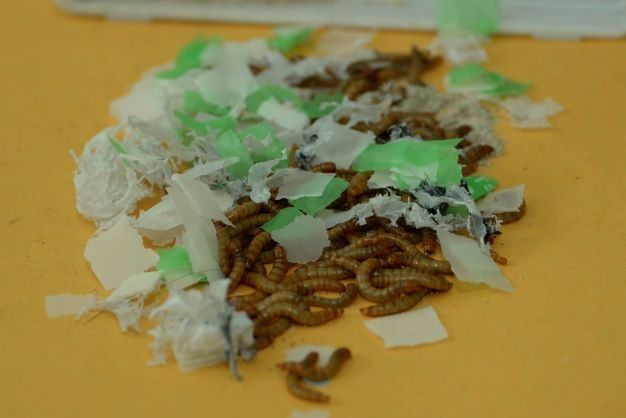Larvae are used to identify plastics in less time
There are 500 billion plastic bags in circulation in the world; one million are thrown in the trash the minute they are used and only one percent are recycled. University scientists have also identified a fungus that degrades them. The new method developed at UNAM is in the patent process.





